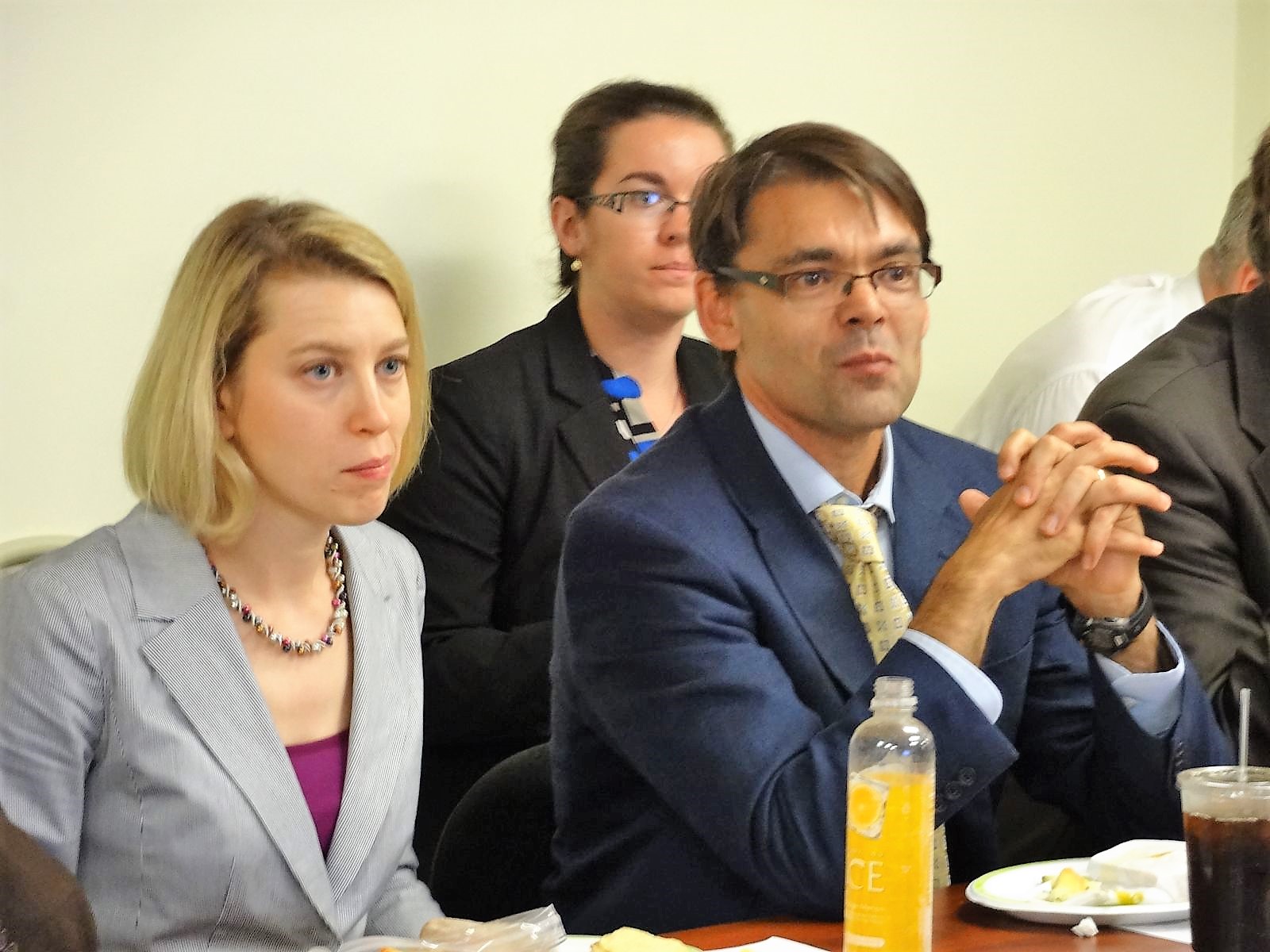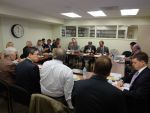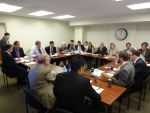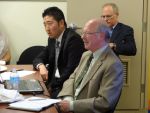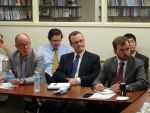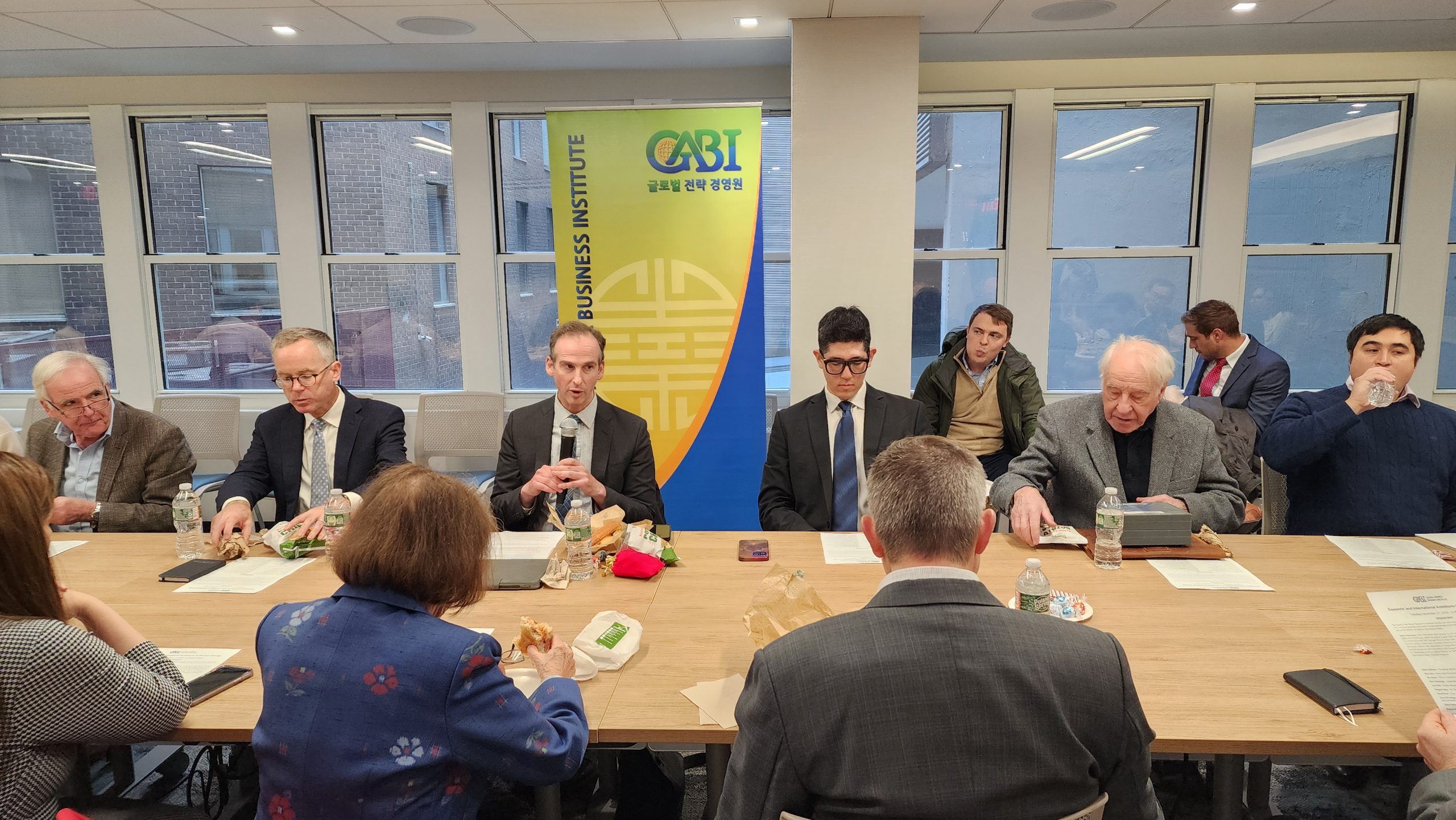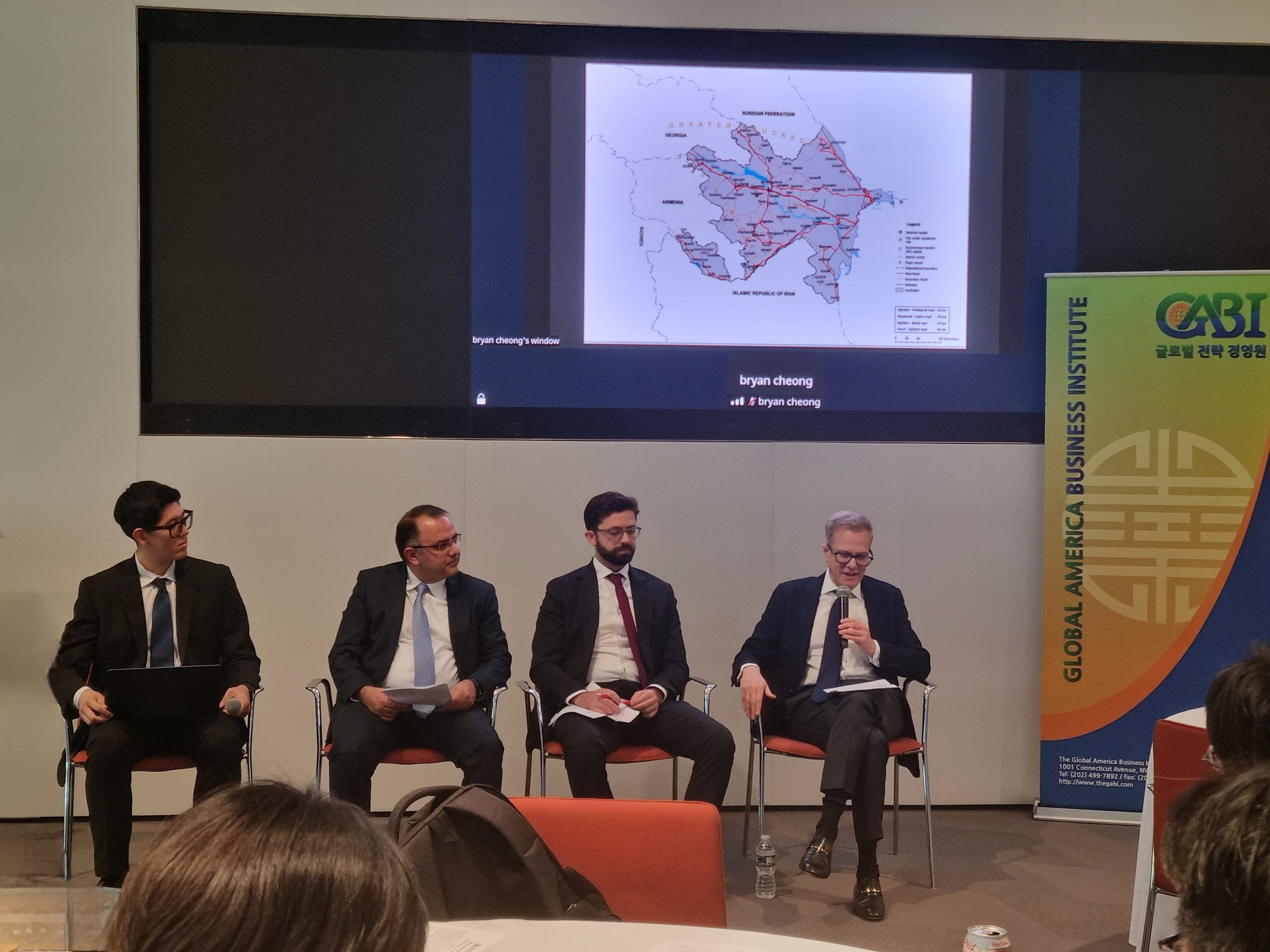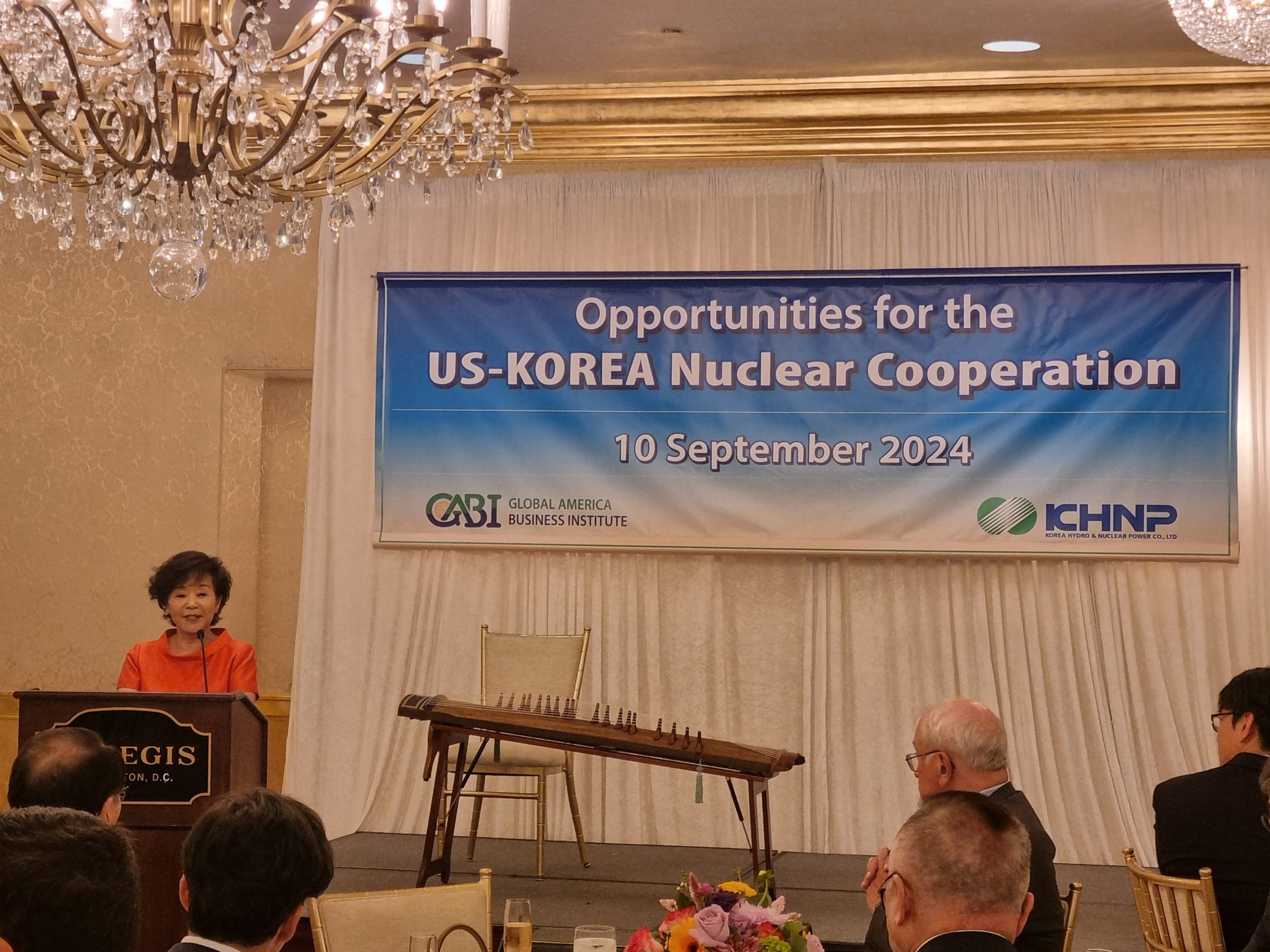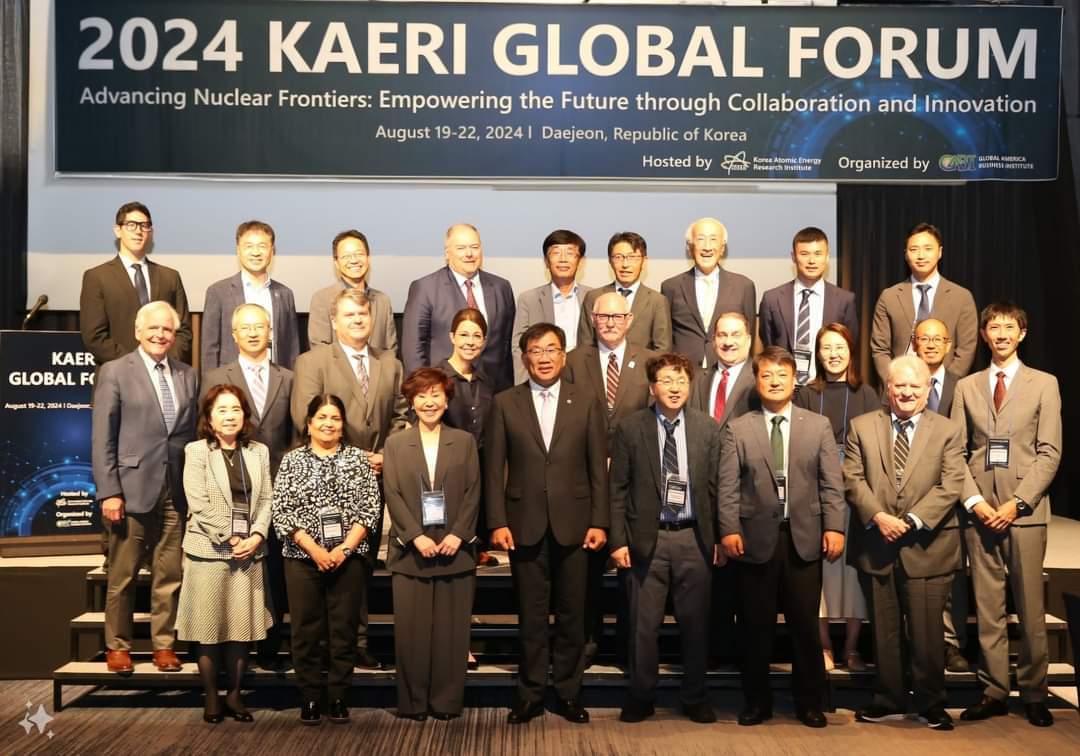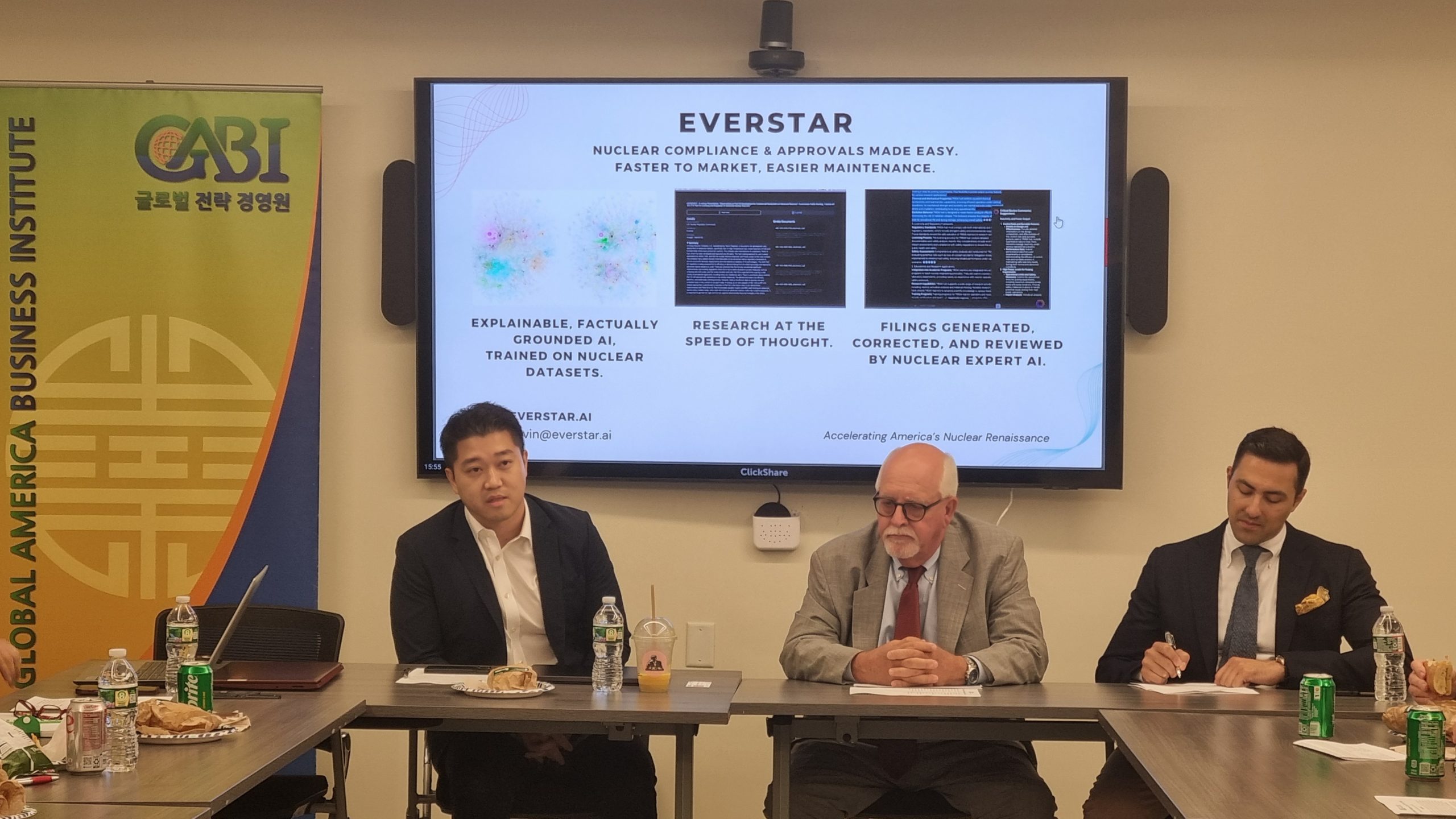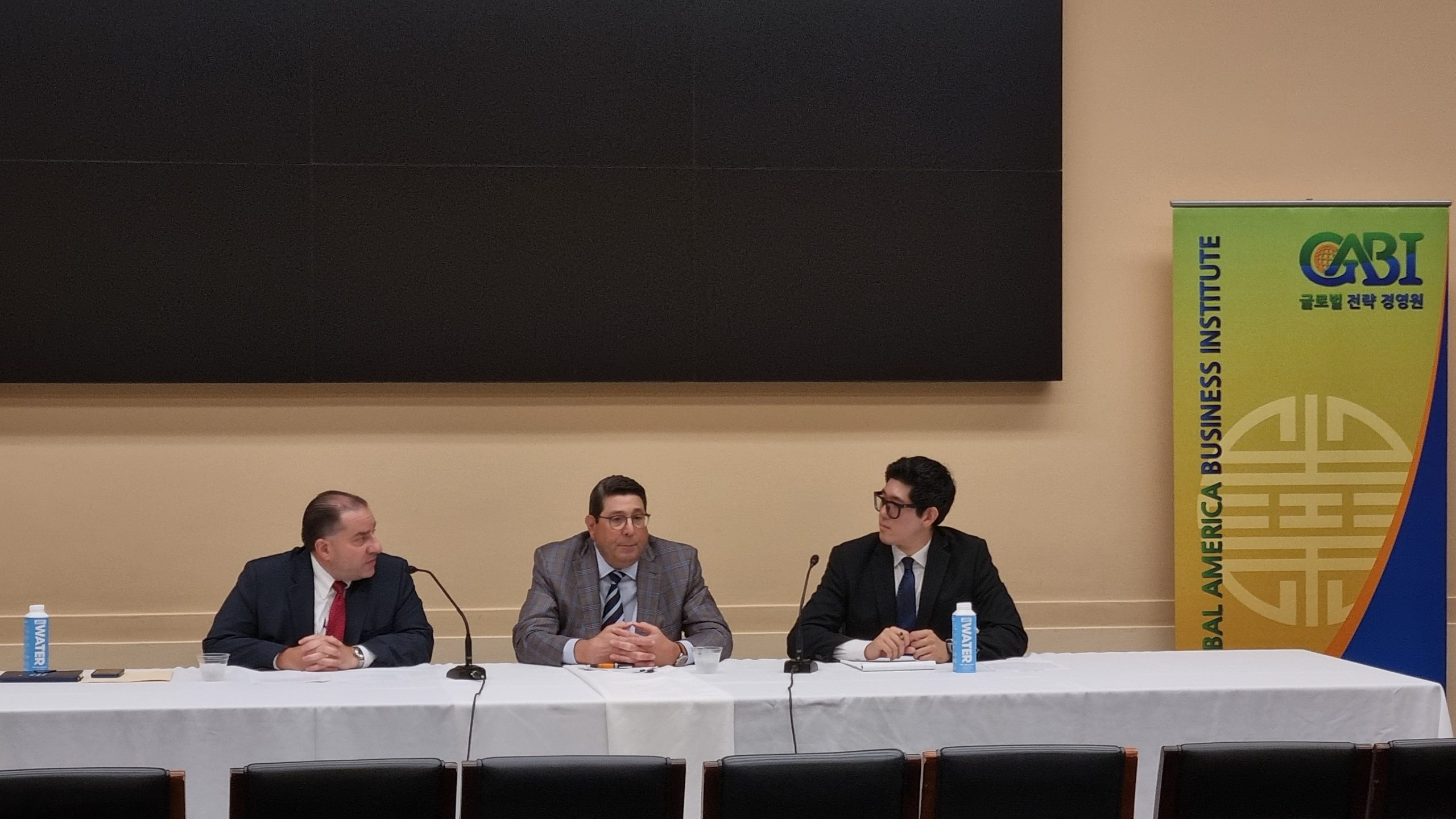Within the 10-year US-ROK Joint Fuel Cycle Studies (JFCS), the Safeguards and Security Working Group seeks to establish the proliferation implications and safeguardability of possible commercial pyroprocessing. In other words, its primary objective is to determine the viability of technical-institutional measures to detect possible nuclear material diversion from a pyroprocessing facility for military purposes. As pure plutonium would not be separated in pyroprocessing—the plutonium would remain in a mix with uranium, transuranics, and other fission products—the resulting material would have significantly reduced attractiveness for direct weapons applications and thus, pyroprocessing does not have the same proliferation concerns as processes using traditional PUREX technologies. The high temperatures and radioactivity of the Pu-U-TRU mix would make diversion difficult, although there are still concerns about measurement uncertainties, additional downstream separations processes, and the nonproliferation implications of fast reactor deployment. A safeguards strategy for pyroprocessing would likely be heavily dependent upon instrumentation, surveillance/process monitoring, and perimeter controls. The “nuclear island” approach, co-locating all processes (including fuel fabrication and reactors) on the same site, would help minimize the risk of off-site diversion. Institutionally, the proposal to place future commercial pyroprocessing facilities under multinational rather than national control may also further nonproliferation objectives.
Pyroprocessing Safeguards: Technical-Institutional Measures and Nonproliferation Implications
Pyroprocessing Safeguards: Technical-Institutional Measures and Nonproliferation Implications
July 31, 2013
By admin|2018-01-30T10:58:20-05:00July 31st, 2013|Categories: Nuclear Energy, Nuclear Energy Workshops|0 Comments

